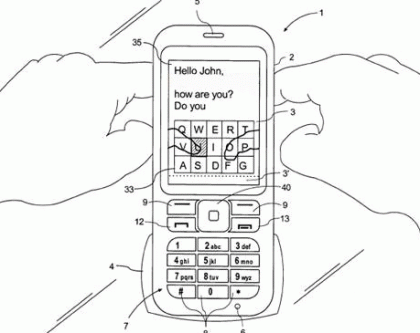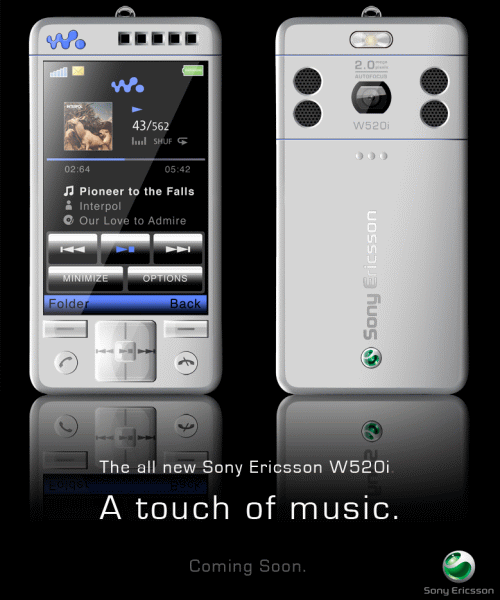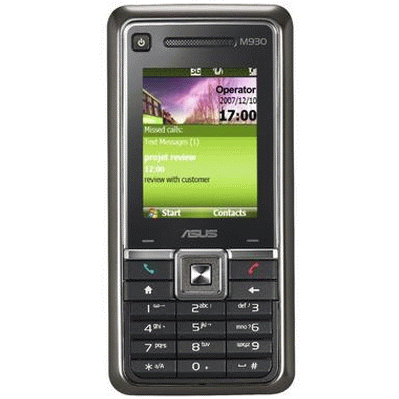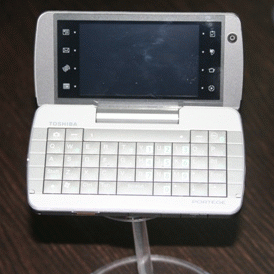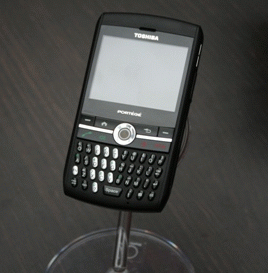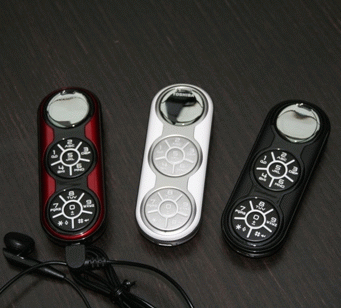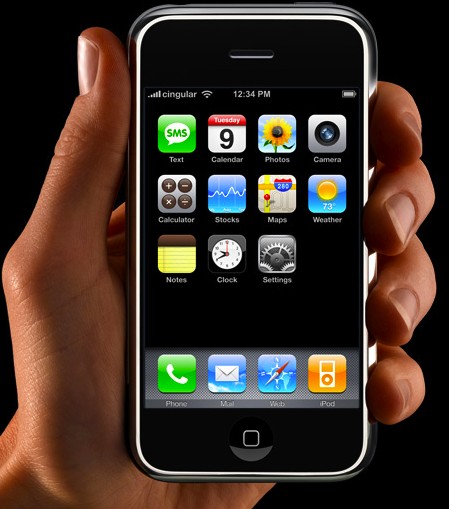How Sony Ericsson PSP Could Look Like
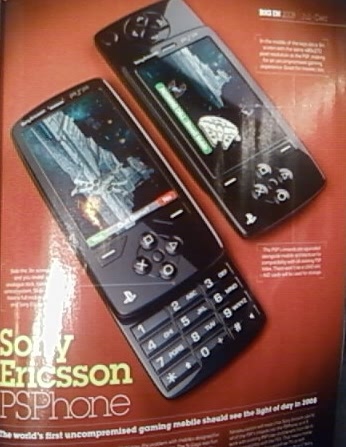 In the Summer of 2007, rumors about a Sony Ericsson PSP mobile phone have appeared, allowing both Sony Ericsson and PlayStation fans to hope that, someday, a device that combines
In the Summer of 2007, rumors about a Sony Ericsson PSP mobile phone have appeared, allowing both Sony Ericsson and PlayStation fans to hope that, someday, a device that combinesthe two brands' technologies could really exist. Since then, the PSP handset was confirmed, denied and almost confirmed again, so it has become a sort of a mobile myth. However, it is a general belief that the phone will exist sometime in the future, as officials from Sony Ericsson stated they seriously consider creating it.
Recently, new images of how Sony Ericsson PSP might be like appeared in the January issue of Stuff magazine in the UK, showing a device that looks almost real. Unfortunately it's not, being only a very well done Photoshop rendering. However, this imagined PSP phone could be very close to the real one that Sony Ericsson will work on (or maybe it's already working on it and keeps everything secret until the device is ready – I believe no one would be upset about this).
The Sony Ericsson PSP conceived by the Stuff magazine looks simply beautiful and has a sliding design, a wide screen and a large, simple keypad that would surely be easy to use. When closed, the phone only reveals its game control keys, that can probably have phone functionality too. This new PSP handset looks different from the original concept, which has more rounded shapes and doesn't come with a sliding design, but with a touchscreen that rotates to offer both a phone and a gaming mode.
Whether Sony Ericsson PSP will indeed exist is a fact that no one can be certain of. But, as I said, all the PlayStation and Sony Ericsson fans are waiting for an official confirmation of the device that should bring excellent gaming and phone capabilities.
Source: softpedia.com


